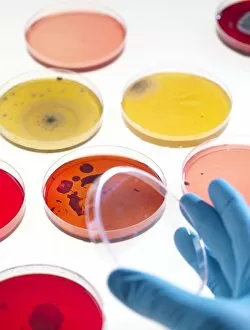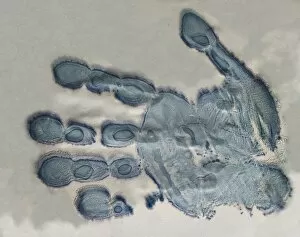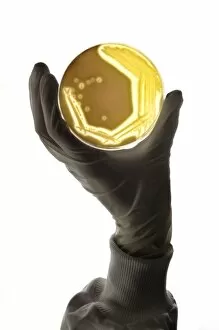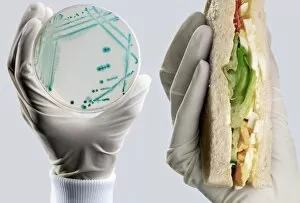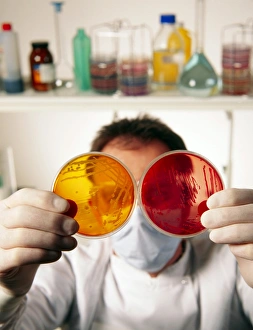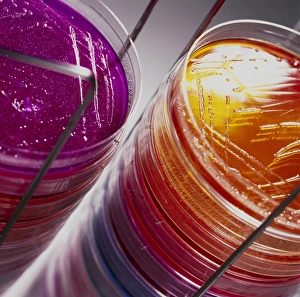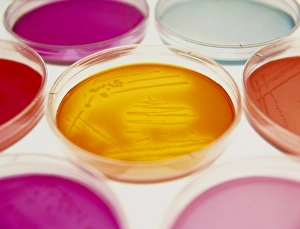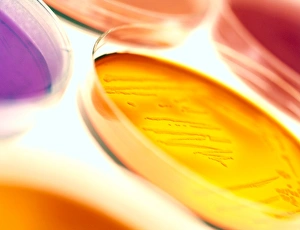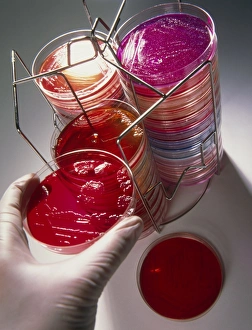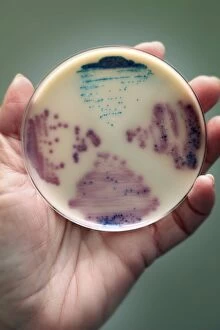Agar Plate Collection
"Unlocking the Microbial World: Exploring Bacteria Research on Agar Plates" In the realm of bacteria research
All Professionally Made to Order for Quick Shipping
"Unlocking the Microbial World: Exploring Bacteria Research on Agar Plates" In the realm of bacteria research, agar plates serve as a crucial tool for scientists to unravel the mysteries of microbial life. These Petri dishes, accompanied by pipettes F008 / 2113, hold immense potential in understanding various aspects of our world. One fascinating application lies in studying hand bacteria C014 / 4839. By swabbing hands and transferring samples onto agar plates, researchers can identify different types of bacteria present and gain insights into hygiene practices or disease transmission. Another significant use is the antibiotic sensitivity test C016 / 2307. Here, scientists expose bacterial cultures to different antibiotics on agar plates to determine which drugs effectively combat infections. This method aids in developing targeted treatments against drug-resistant strains. E. coli culture is another area where agar plates play a vital role. E. coli food poisoning caused by contaminated food can be detected through culturing samples on these plates. Similarly, Pseudomonas culture helps identify this bacterium responsible for certain infections like pneumonia or urinary tract infections. Campylobacter and Bacillus cereus food poisonings are also investigated using agar plate techniques. By isolating these pathogens from contaminated foods onto Petri dishes, researchers can pinpoint their presence and devise preventive measures to ensure food safety. Moreover, testing sputum for lung diseases becomes possible with agar plates. Cultivating sputum samples allows identification of harmful bacteria causing respiratory illnesses such as tuberculosis or pneumonia – aiding early diagnosis and appropriate treatment plans. Agar plates have revolutionized bacterial research by providing a solid foundation for scientific exploration into diverse fields ranging from healthcare to environmental studies. As we delve deeper into this microscopic world using these powerful tools, we inch closer towards better understanding and combating infectious diseases that impact human health globally.

